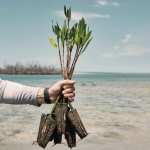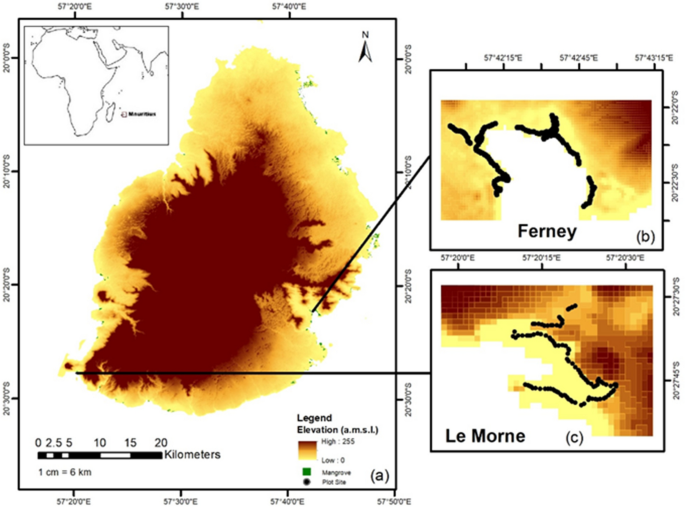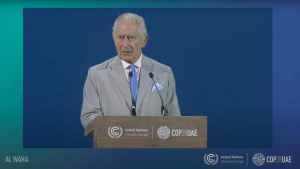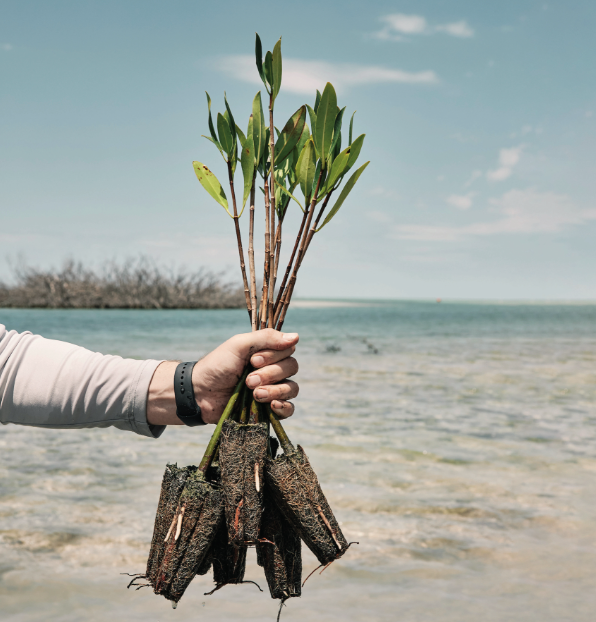Scientific Reports Mangrove mapping monitoring remote sensing climate change resilience
In a recent study, it was revealed that mangroves play a crucial role in reducing floods and associated hazards in coastal areas, supported by scientific evidence (source=doi). The effectiveness of mangrove forests in mitigating disasters was emphasized, particularly in tsunami disaster mitigation, indicating the importance of mangrove ecosystems in coastal resilience efforts (source=doi). The study highlighted the conservation and restoration of mangroves globally, shedding light on the significance of mangrove forests in supporting ecosystem-based techniques to reduce disaster risk and adapt to climate change (source=Ocean Coast. Manag.).
Moreover, recent research has underscored the impact of oil and gas exploration, invasive species like the nypa palm, and urbanization on mangroves in various regions, such as the Niger River Delta in Nigeria, emphasizing the threats faced by these important ecosystems (source=Threats to Mangrove Forests). Furthermore, the role of mangroves in shoreline protection against coastal risks associated with ongoing sea-level rise was discussed, pointing to nature-based solutions as a means of adapting to climate change impacts (source=Ocean Coast. Manag.).
Studies have also explored the global extent change of mangroves over the years, indicating the need for sustainable mangrove management practices to ensure the preservation of these vital ecosystems. Remote sensing techniques have been instrumental in monitoring and mapping mangrove forests, highlighting the opportunities and challenges in using such technology for conservation efforts (source=Remote Sens.). The potential for mangroves to offer tangible benefits, particularly in Small Island Developing States (SIDS), was further emphasized, emphasizing the critical need for proactive mangrove conservation strategies to enhance climate change resiliency (source=IISD).
In conclusion, the research on mangroves underscores their critical importance in climate change adaptation, disaster risk reduction, and coastal resilience efforts. It highlights the urgent need for innovative conservation strategies, remote sensing technologies, and sustainable management practices to safeguard these valuable ecosystems for future generations.





